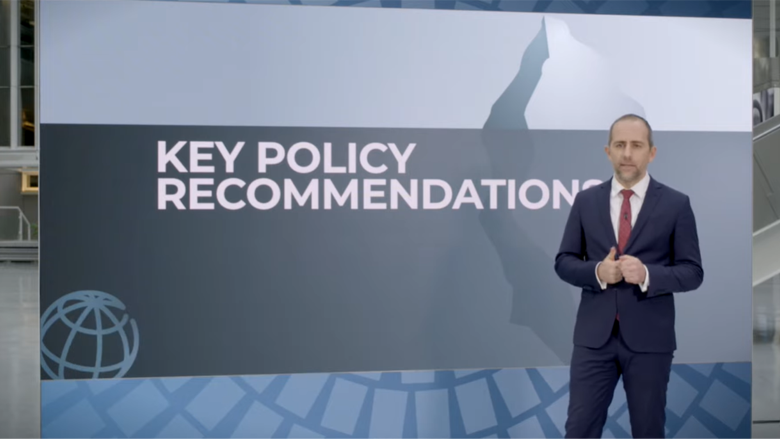WASHINGTON, November 10, 2021—Global debt surveillance today depends on a patchwork of databases with different standards and definitions, resulting in large gaps in debt information for many low-income developing countries, a new World Bank Group analysis found.
Debt Transparency in Developing Countries provides a detailed look at debt reporting in low-income developing countries (LIDCs)—many of which are facing record-high debt levels exacerbated by COVID-19—to inform stakeholders in sound and transparent debt management.
When debt data is available, the report notes that it tends to be limited to central government loans and securities, excluding other public sector components and debt instruments. For some LIDCs, debt data disclosed across various sources show variations equivalent to as much as 30 percent of a country’s gross domestic product—often because of differing definitions and standards and recording errors. These challenges leave LIDCs open to the dangers of inadequate debt transparency—such as the risk of debt distress and delayed debt restructurings—and threatens the ability of countries to overcome the pandemic and generate a green, resilient and inclusive recovery. Additionally, without clarity of the extent of their indebtedness, governments would be unable to make sound decisions about borrowing.


